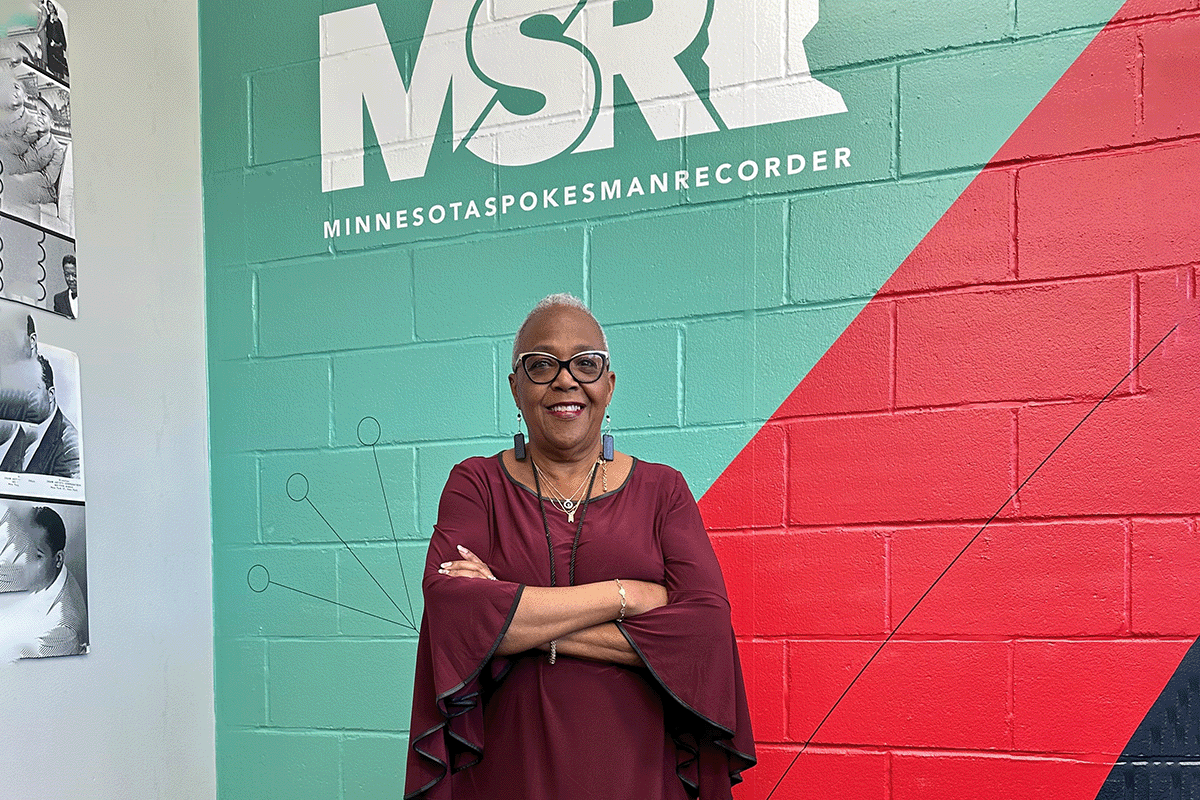There are many hurdles facing business owners today, top of which are inventory flow issues. Running out of a top-selling product or key ingredient could result in lost sales or—even worse—lost customers. While today’s consumers understand the supply chain challenges facing businesses today, they’ll overlook stock outs only for the short term before they start shopping elsewhere.
Fortunately, the right tools can help stay on top of your stock by providing inventory visibility. By using your point-of-sale (POS) system to generate analytics and daily reports, you can reduce your risk of over-selling and running out of key items.
What is supply chain inventory visibility?
Staying on top of stock levels is a challenging job, especially if you sell online and in person or if you have multiple locations. Inventory visibility allows you to track your inventory in real time and at a granular level, providing an accurate breakdown of sizes, colors, flavors, and other variables that pertain to your stock on hand.
Supply chain inventory visibility also provides historical data you can use to forecast demand and reduce supply chain costs. The high level of information will provide insights that enhance purchase order decisions and boost efficiency. You can measure vendors’ average delivery times to place orders at the right moment for optimizing inventory levels, avoiding expedited shipping costs, and meeting customer expectations.
Finally, inventory visibility offers transparency, so you can proactively create alternative solutions if you run into supply chain issues. While it can’t guarantee you’ll never run out of stock, you’ll have peace of mind knowing you have options and can continue to provide the best service to your customers.
How can an inventory management system provide end-to-end supply chain visibility?
Inventory management used to be a labor-intensive manual process that was prone to human error and inaccuracies. Today’s modern inventory management system is an integrated part of an advanced POS system, adjusting stock changes in real time across all your selling platforms and locations.
The automated process tracks inventory levels across the flow of your business, offering transparency, speed, and insights that can improve supply chain efficiencies as well as profitability. For example, our POS inventory management system provides notifications of low- or no-stock levels with custom thresholds you can set according to your supply chain logistics. The inventory management system can also automatically generate purchase orders with pre-populated information fields to speed up the inflow of goods.
What should I look for in a point-of-sale system?
For visibility and transparency, your POS system should be a cloud-based tool that can be accessed from anywhere, such as with a mobile device like a smartphone. The POS should also provide data synching, automatically updating information across all POS components. Your POS should offer reports that can be quickly customized for enhanced inventory and sales monitoring. And a POS should be adaptable to your business. For example, a restaurant will have different inventory tracking needs than a retail store.
What is the best supply chain inventory strategy?
In addition to the right tools, businesses need smart inventory strategies. Par stocking is a strategy that leverages POS data to establish ordering and supply thresholds. A par level is calculated by adding the inventory used each week to a safety stock buffer. Then, this number is divided by the number of deliveries received within a certain timeline. For example, your restaurant may use 2,000 eggs each month and receive the product on a weekly basis. To calculate a par stocking strategy, you might decide to add a buffer of 200 eggs to your monthly order to avoid the risk of running out of a critical ingredient. Simply divide the monthly total by the number of weeks in the month to create a weekly order level that helps you stay stocked while avoiding waste.
Another supply chain inventory strategy is predictive analytics that helps you monitor sales and inventory stock, so you can maximize revenue. Your POS can determine peak sales periods for your most popular products, helping you place orders to meet demand. It can also identify the products customers would be willing to purchase as substitutes, should you run out of a specific item. Predictive analytics can also help inform your marketing by identifying inventory that is most readily available so you can target your campaigns.
Inventory is critical to your business. By using advanced point of sale technology, you can streamline your inventory and supply chain visibility challenges and focus on keeping your customers—and your bottom line—happy.



































































